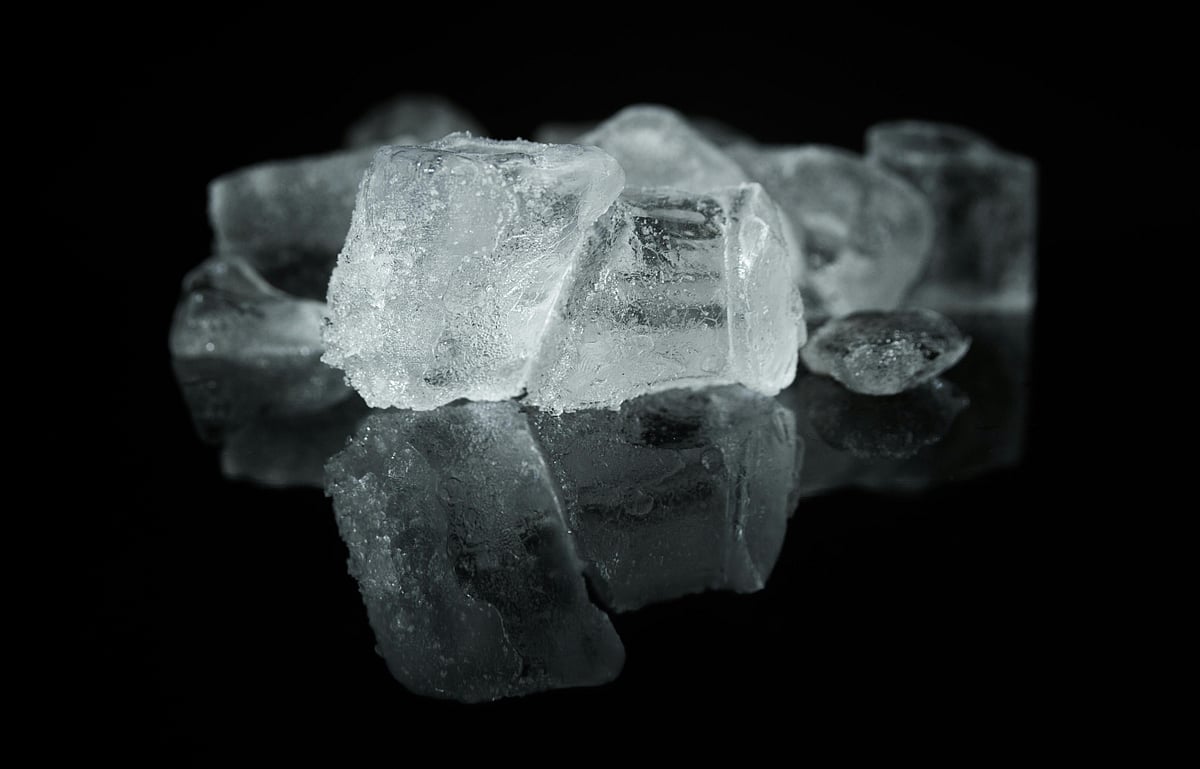To capture what was happening on the atomic level, the team employed ultrashort X-ray bursts from the European XFEL, capable of taking microsecond-by-microsecond snapshots of molecules in motion. These images revealed that the water molecules, under pressure but still at room temperature, suddenly arranged themselves into a completely new crystal structure.
This new structure, named ice XXI, exhibited a tetragonal lattice with an unusually large repeating unit containing 152 water molecules. It wasn’t simply frozen water; it was a novel molecular arrangement never before seen in nature or laboratory.
A glimpse into ‘Metastable’ matter
The researchers described ice XXI as metastable — a phase that can exist only under specific conditions and for short periods before reverting to a more stable form. This quality makes it a delicate but fascinating state of matter. By controlling the rate of compression and decompression, the scientists found that water could follow several different “paths” toward solidification. One of these rare routes led directly to the formation of ice XXI.
The experiment also showed that the speed of the pressure change was just as crucial as the pressure itself. When water is compressed quickly enough, it bypasses its usual freezing behavior and transforms into entirely new configurations — something that defies classical thermodynamic models.
Why this discovery matters
The implications of this breakthrough extend across physics, chemistry, and even astronomy. Water has always been seen as one of the most studied substances on Earth, yet its phase behavior remains full of surprises. The discovery of ice XXI suggests that water’s ‘phase diagram’ — the map that defines how it behaves under different conditions — may be far more complex than we imagined.
This matters for planetary science, too. On icy moons like Europa, Ganymede, and Enceladus, pressures deep below the surface can easily reach the levels required to form exotic ice phases. If ice XXI or similar structures exist in those environments, they could affect everything from planetary magnetism to the chemistry that supports potential life.
Rewriting the physics playbook
Beyond planetary implications, the discovery forces scientists to reconsider the very nature of phase transitions. Traditionally, temperature and pressure have been viewed as the key levers that determine when a material melts, freezes, or vaporizes. But ice XXI proves that timing and motion — how fast conditions change — can open new pathways into states of matter that classical physics does not predict.
This insight has potential applications in materials science and engineering, where understanding non-equilibrium processes could lead to stronger, lighter, or more adaptable materials. For now, ice XXI is too unstable for practical use, but its discovery reveals a principle that may reshape how we think about creating matter on demand.
Water still has secrets
Even after centuries of study, water continues to surprise us. The same molecule that sustains life on Earth can, under the right conditions, transform into forms that seem to belong to another world. The discovery of ice XXI at room temperature is not just about freezing water — it’s about expanding our imagination of what is possible in physics.
As one researcher told ScienceAlert, “This isn’t just ice at room temperature — it’s a glimpse into how the universe plays with its own rules.” Ice, it turns out, doesn’t need to be cold to be extraordinary.

